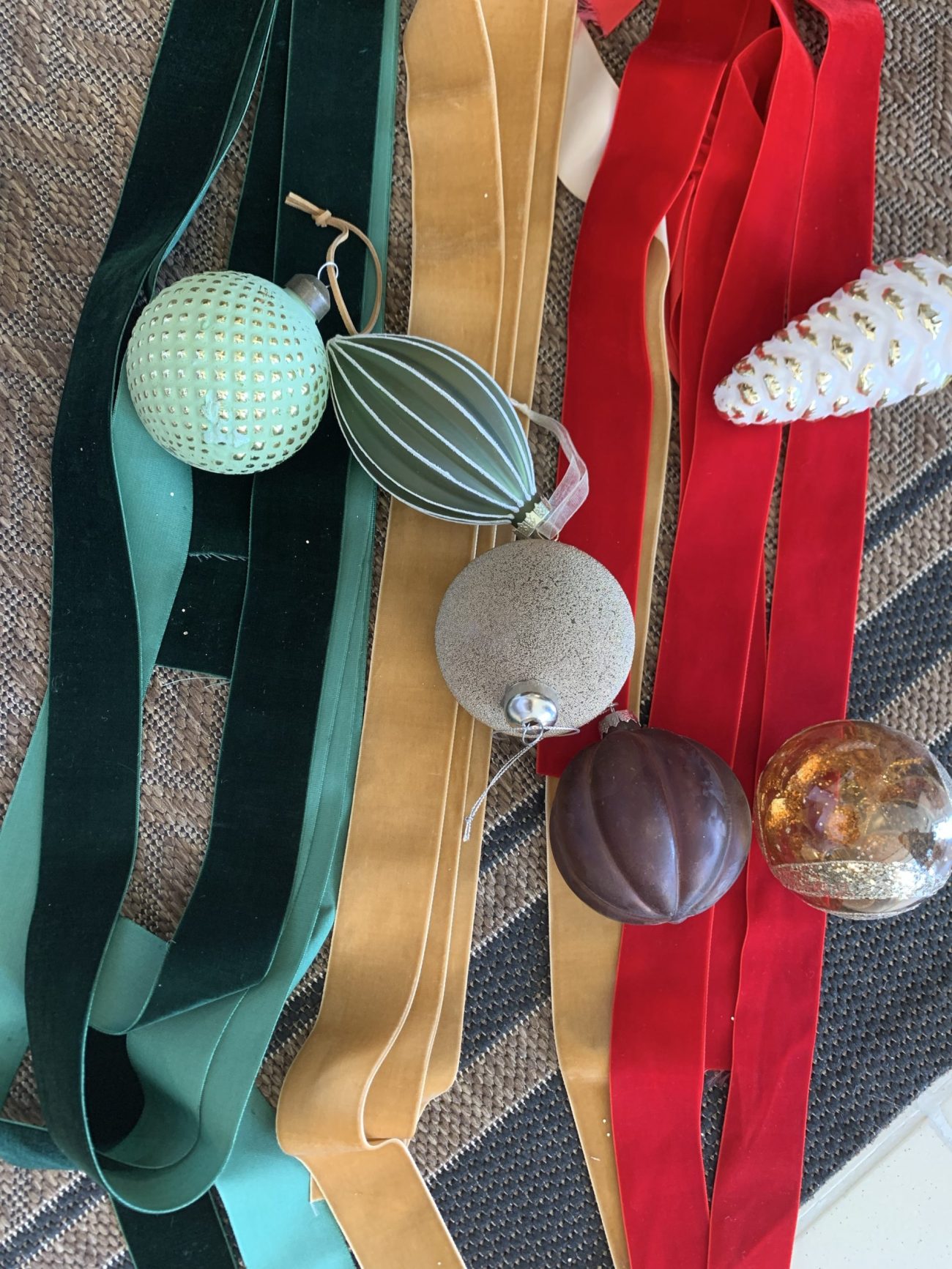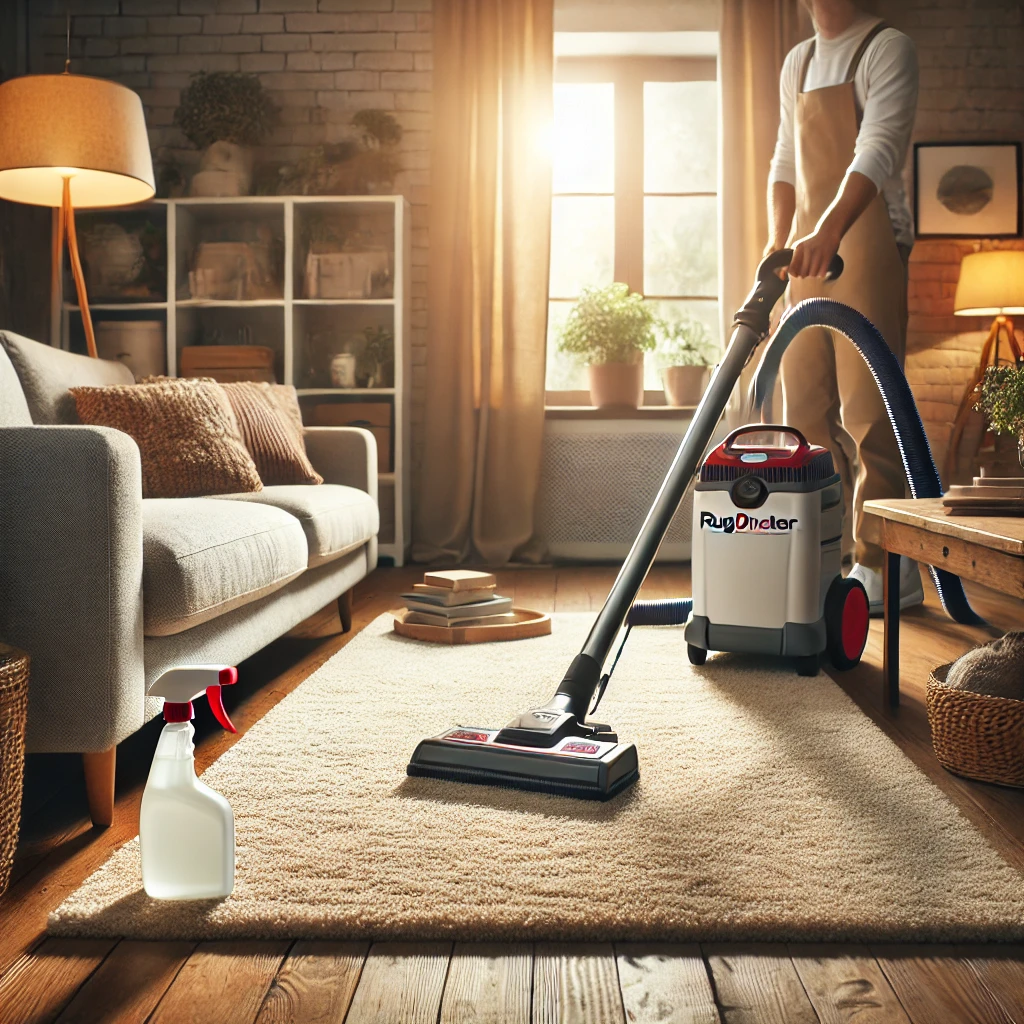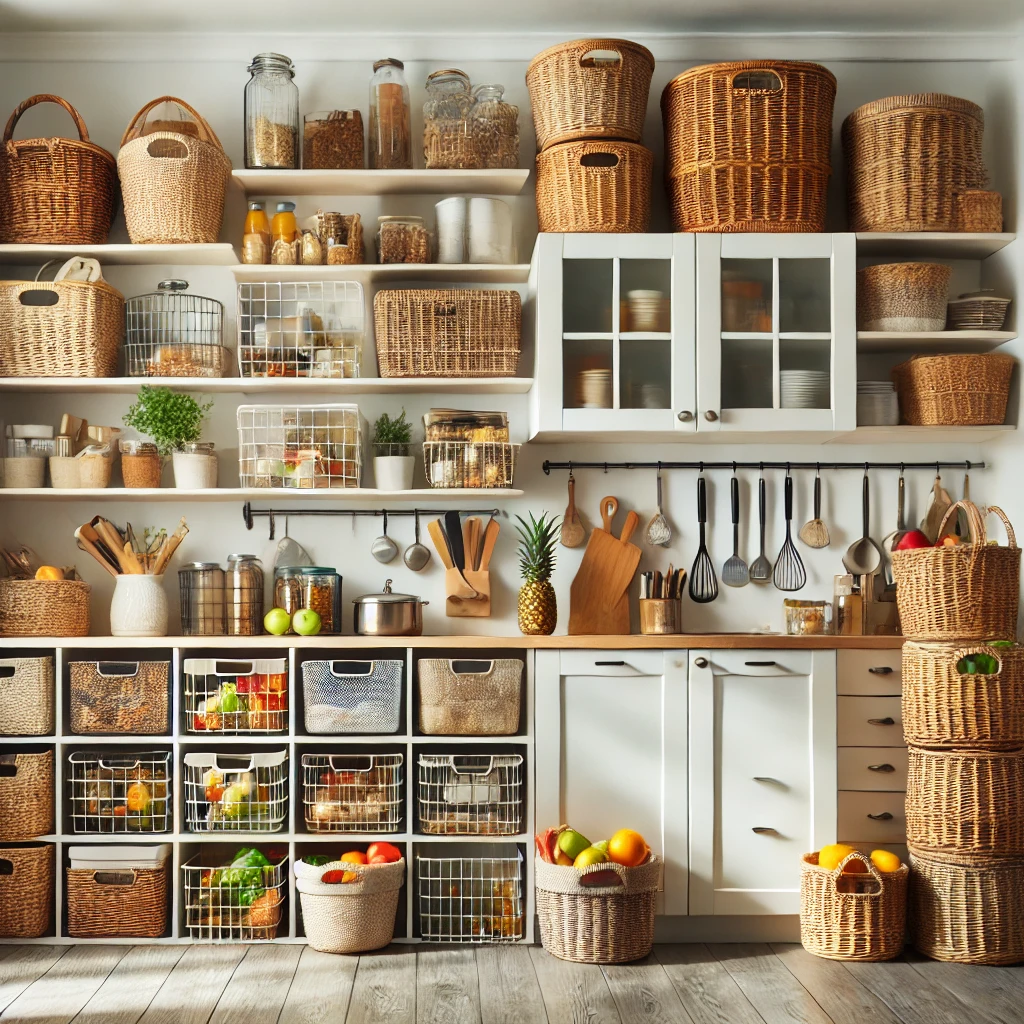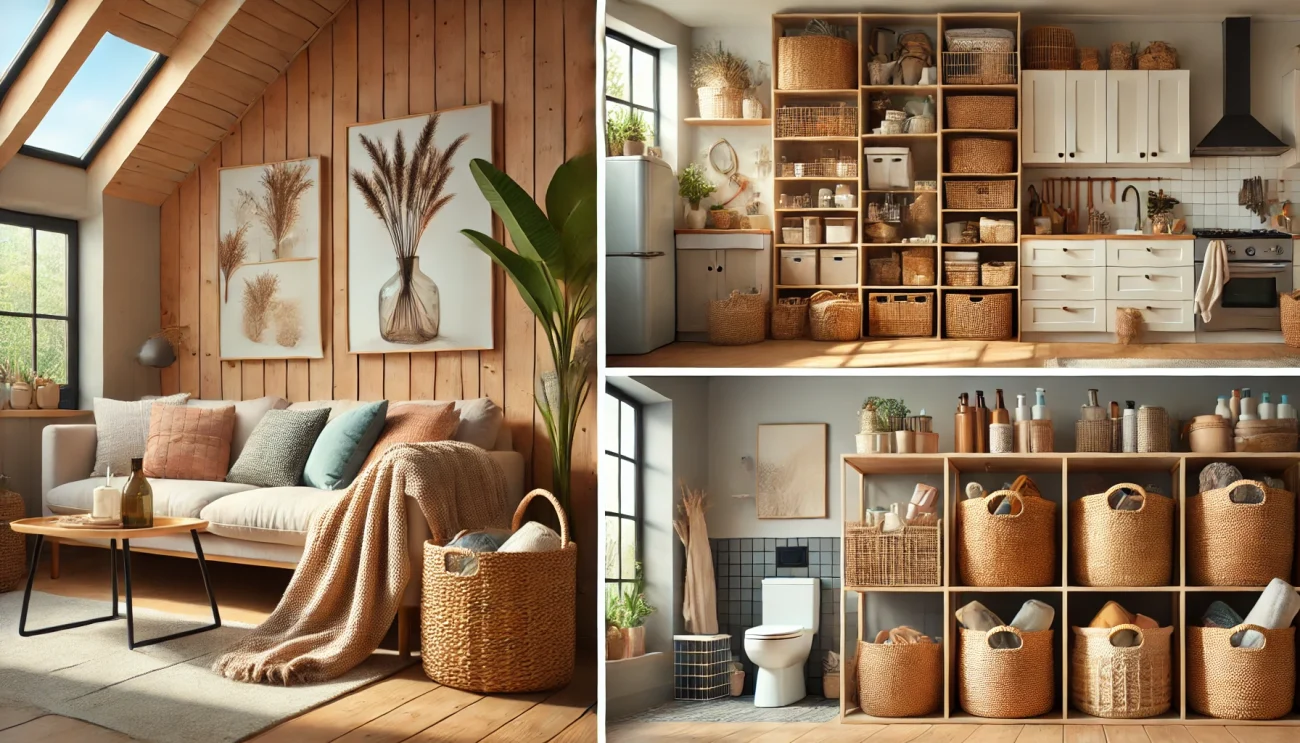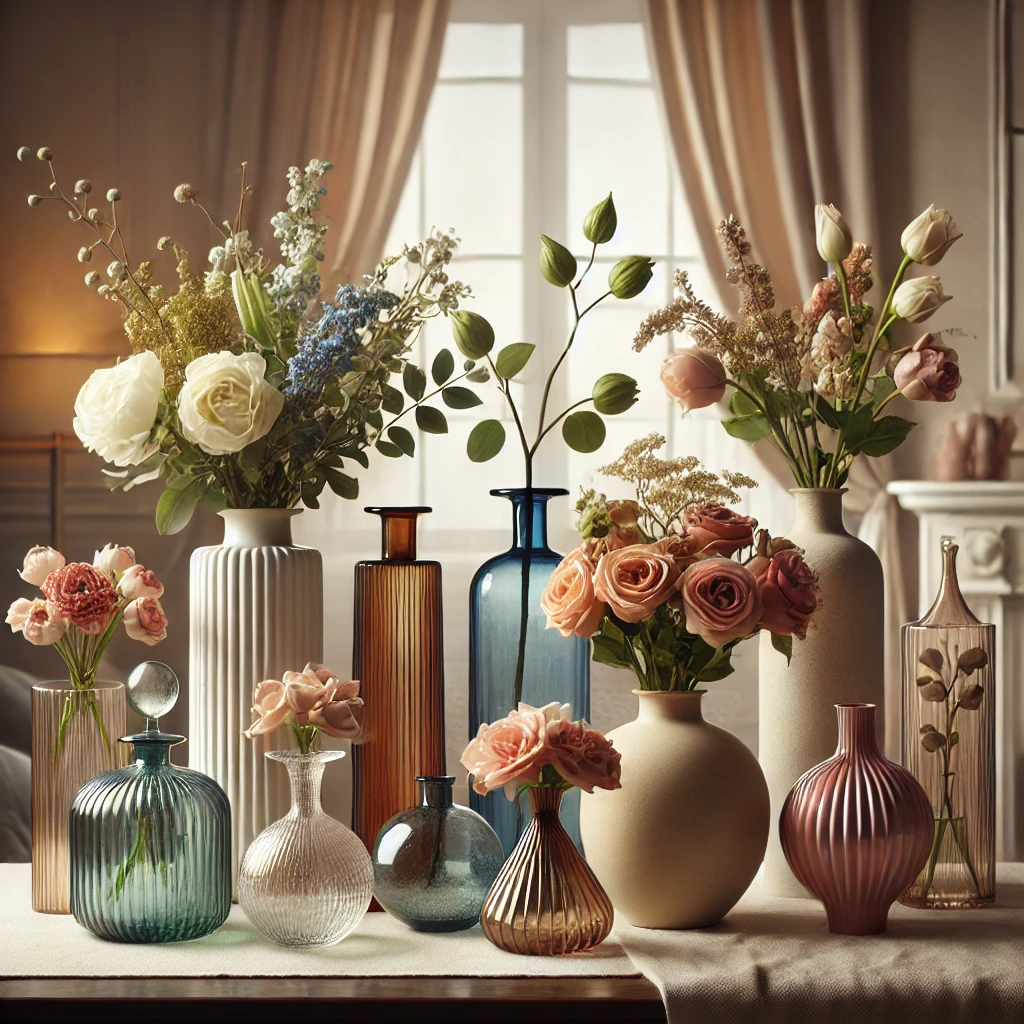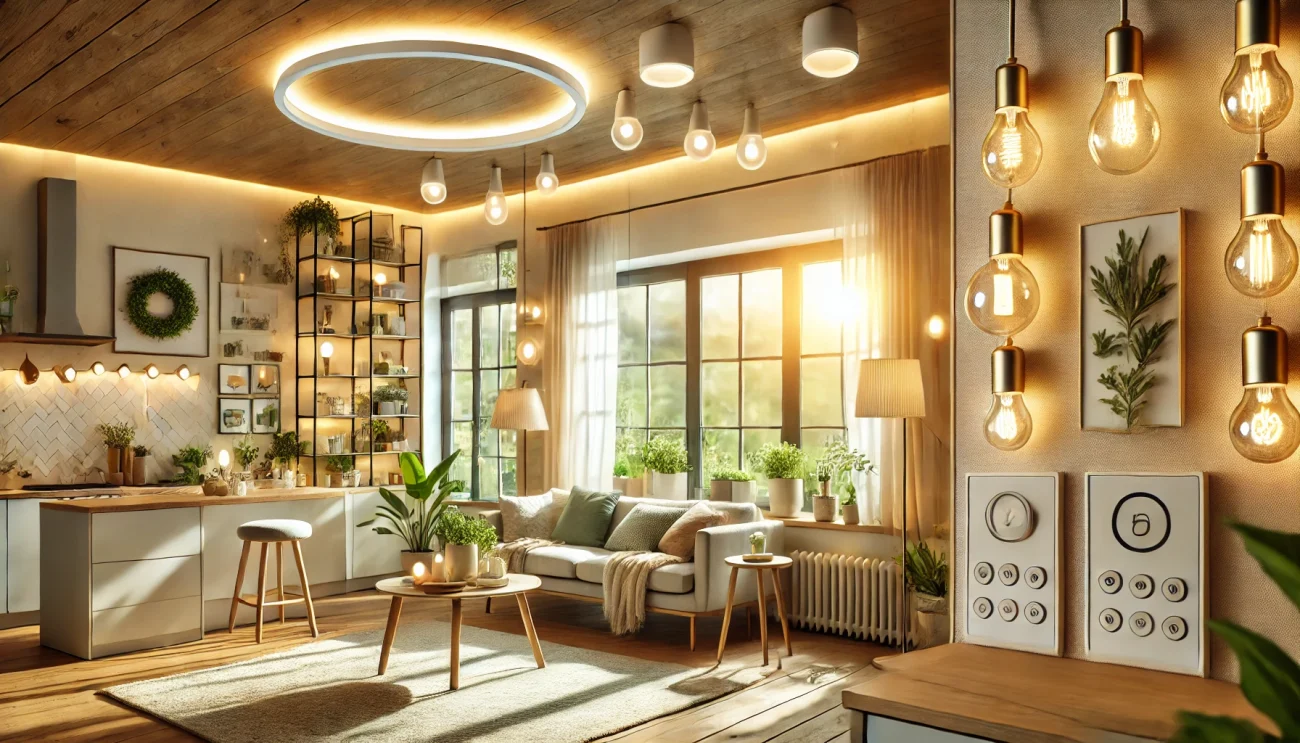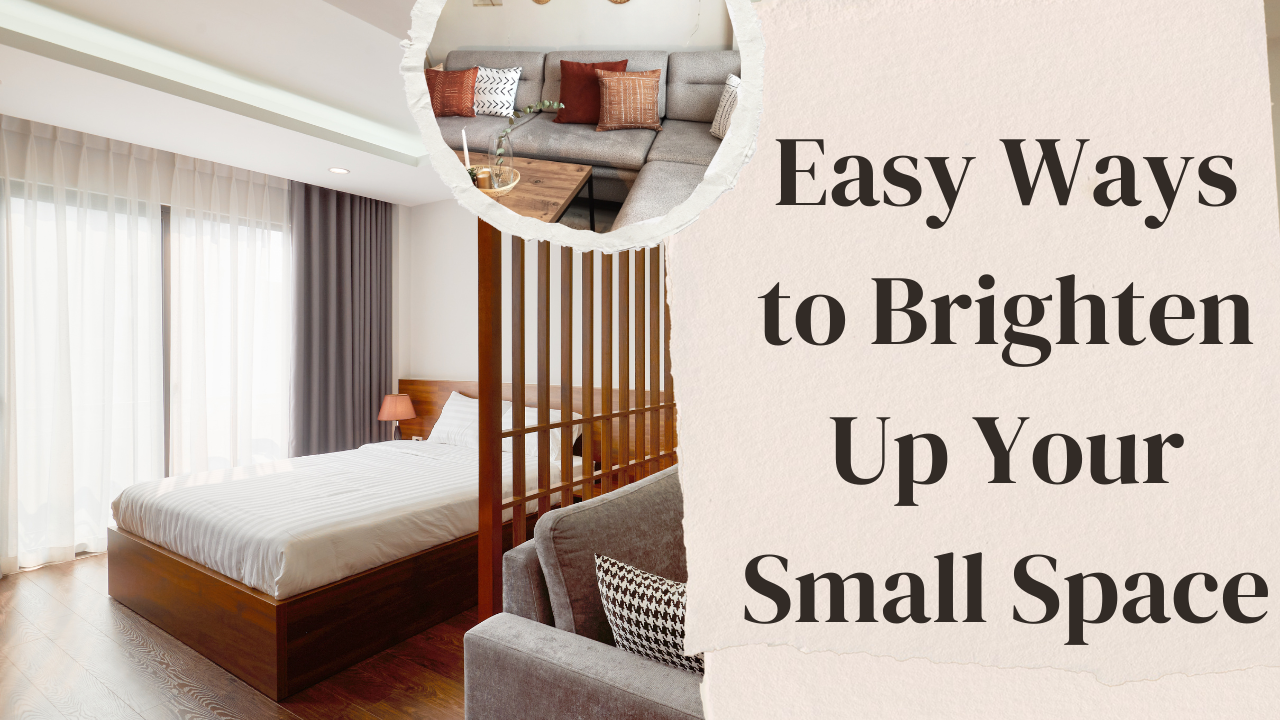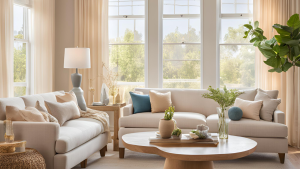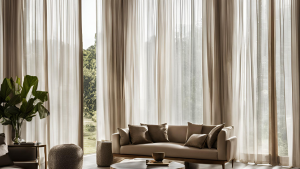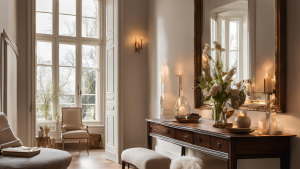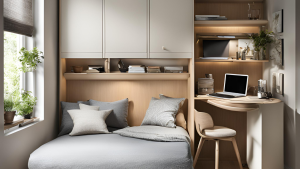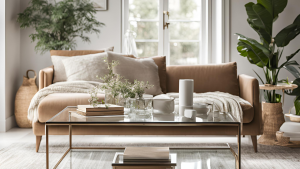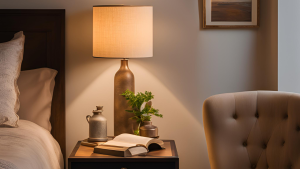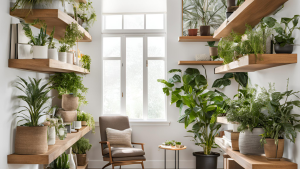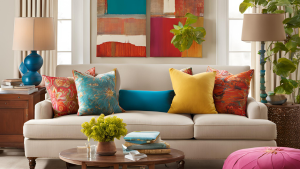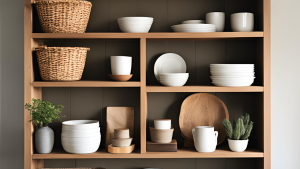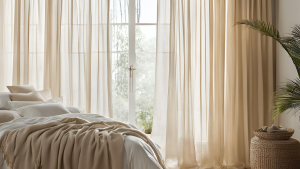When it comes to furniture, quality is everything. High-quality furniture not only enhances the style and comfort of your home but also offers durability and value for your investment. However, with so many options out there, it can be overwhelming to identify what truly makes a piece of furniture worth buying. Here’s a guide on what to look for in quality furniture so you can shop with confidence and furnish your home with pieces that will last.
1. Solid Wood Construction
Furniture made from solid wood is often more durable and offers better value than furniture made with cheaper materials like particleboard or MDF. Solid wood, such as oak, walnut, cherry, and maple, is more resistant to wear and tear and ages beautifully over time.
Tip: Look for “kiln-dried” hardwoods, which are less likely to warp or crack. Avoid pieces made from veneered particleboard or fiberboard, as they can chip and scratch easily.
2. Sturdy Joinery Techniques
The joinery of a piece determines how well it will hold up to everyday use. Look for solid joinery techniques like dovetail, mortise-and-tenon, or finger joints, which are indicators of quality craftsmanship. These methods create strong connections without relying solely on glue or nails, making the piece more resilient.
Red flags: Be cautious of furniture that uses staples or visible glue to keep pieces together. This can be a sign of poor-quality construction that may not withstand heavy use.
3. Comfortable, High-Quality Upholstery
For upholstered pieces like sofas and chairs, comfort is just as important as durability. Quality upholstery includes sturdy, well-made fabrics that feel good to the touch and wear well over time. Look for dense foam cushions that are wrapped in layers of fiber or down, as they’ll maintain their shape and provide support without sagging.
Tip: Fabrics like linen, wool, leather, and certain synthetics are durable choices. For added longevity, consider furniture with removable cushion covers, which are easier to clean and replace.
4. Well-Constructed Frames
The frame is the foundation of any piece of furniture, and quality frames are built to last. For sofas, chairs, and beds, opt for frames made from kiln-dried hardwood, which is less likely to warp or crack than softer woods or composites.
Test it: Try lifting one corner of the sofa or chair—if it twists or squeaks, it may not be very sturdy. A quality piece should feel solid and stable when moved.
5. Attention to Detail in Finish and Hardware
The finish of a piece of furniture contributes significantly to its longevity and appearance. High-quality finishes are smooth, free of streaks or bubbles, and provide a protective coating that resists scratches and fading.
Similarly, hardware like knobs, handles, and drawer glides should feel solid and operate smoothly. Metal hardware that’s welded rather than glued on, and drawers that glide smoothly without wobbling, are both good indicators of quality.
Tip: Look for finishes that enhance the natural grain of the wood rather than opaque colors that can hide defects.
6. Functional Design and Ergonomics
Furniture should not only look good but also be comfortable and functional. Chairs and sofas should have a depth and height that feel comfortable to sit in, with good back and lumbar support. Desks and tables should be at a height that’s comfortable for work or dining.
Pro tip: If possible, try sitting or using the furniture in-store to ensure it’s ergonomic. Quality pieces are not just stylish but are also designed with the user’s comfort in mind.
7. Properly Balanced Weight and Stability
Heavy furniture is often a sign of solid materials and good craftsmanship, but weight isn’t everything. A quality piece should be well-balanced and stable. For example, a heavy dresser shouldn’t tip over easily when you pull out a drawer, and a chair should feel evenly weighted without wobbling.
Tip: For items like bookshelves and cabinets, check if they include anti-tip hardware, which is a valuable safety feature for homes with children or pets.
8. Good Warranty or Guarantee
Quality furniture brands often stand behind their products with warranties or guarantees. Look for companies that offer coverage on frames, cushions, springs, and other components. A good warranty shows that the brand is confident in its craftsmanship and durability.
Tip: Be wary of brands that offer little to no warranty, as this may indicate low-quality manufacturing.
9. Sustainable and Ethical Materials
With environmental concerns top of mind, many people are choosing furniture made from sustainable, responsibly sourced materials. Look for certifications like FSC (Forest Stewardship Council) for wood and OEKO-TEX for textiles, which ensure eco-friendly and safe production practices.
Pro tip: Many high-quality brands prioritize ethical labor practices as well, so look for companies that are transparent about their manufacturing processes and labor standards.
10. Timeless Design and Style
Quality furniture is an investment, so it’s essential to select pieces with classic, timeless designs that won’t go out of style. Avoid overly trendy pieces that may not age well, and instead, choose styles that complement your home and personal taste long-term.
Tip: Neutral colors and simple, elegant designs tend to stay in style and can easily be updated with seasonal accents or accessories.
Investing in quality furniture is about more than just aesthetics; it’s about durability, comfort, and long-term value. By looking for solid construction, high-quality materials, and attention to detail, you’ll find pieces that stand the test of time. So, whether you’re furnishing your first apartment or upgrading your forever home, take the time to find quality furniture that you’ll love for years to come.
For inspiration, visit http://www.hellohomesng.com/product-category/furniture to explore a range of high-quality, stylish options for your home.

